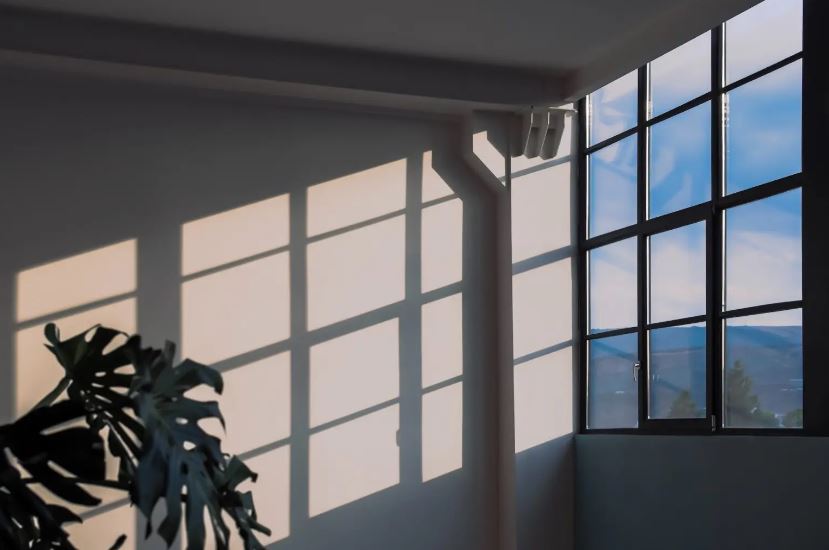A new era of electrochromic solar windows in neutral colours
(sustainabilityenvironment.com) – They can change their transparency in response to climatic conditions to improve the comfort of the environments and lower the costs for indoor air conditioning. They are smart glass, literally smart glass, innovative solutions created to improve energy efficiency in buildings. The latest progress in this field comes from the University of Henan, China, where a group of scientists has developed original photovoltaic windows in kesterite, able to regulate light radiation and even accumulate energy. The results of the study were published in Solar Energy Materials and Solar Cells and place the invention in the class of electrochromic windows.
Electrochromatic smart windows, how do they work?
Electrochromic windows have glasses coated with special materials (such as tungsten oxide or nickel oxide), which modify their light transmission capabilities in response to voltage. Thus controlling the amount of light and heat that passes inside the rooms. This is an active technology: an electric discharge is necessary for the device to change its opacity. The advantages? Electrochromic glass has been shown to compensate up to 30% of the building’s energy needs. On the other hand, however, they need an external power supply that greatly limits their application. That’s why over the years the technology has been integrated with photovoltaics. The electrochromic smart windows powered by solar cells represent a promising solution for energy savings despite still have several limitations. One of them is the color: when they darken they turn blue, reducing visual comfort. In addition, the addition of silicon solar cells significantly increases production costs
Read also Cellulose aerogel to increase thermal insulation of windows
The photovoltaic windows in kesterite
Henan University’s new kesterite photovoltaic windows offer an excellent solution. In detail, the team, led by Guofà Cai, has integrated an electrochromic window based on bimetallic nickel-cobalt oxide (NiCoO2) with thin film solar cells in CZTSSe. The latter is the laboratory-created version of the mineral kesterite, a material with good optical and electronic properties, high stability and obtained from abundant and non-toxic elements. Obviously their yield is not yet at the levels of crystalline silicon. But still offers efficiencies of more than 12% percent.
NiCoO2 films – prepared by chemical bath deposition – show an aesthetically neutral color, which can improve the visual comfort of residents. And the 1.89 cm2 mini fv module, integrated into the glass, provides a stable, efficient source of power supply for electrochromatism. Not only that. The window also integrates a titanium oxide (tio2) film as an auxiliary electrode with excellent energy storage properties. This film of nanoparticles acts, in fact, as a layer of accumulation of ions thanks to its good charge balancing capacity and high transmittance. Tested under standard lighting conditions, the kesterite photovoltaic window showed an energy consumption of 318.3 mwh/m2 and an overall efficiency of 2.15%. According to scientists these values are comparable with those of today’s solar glasses. It also offered excellent optical modulation (56.0% at 550 nm) and fast staining speed (17 s).

